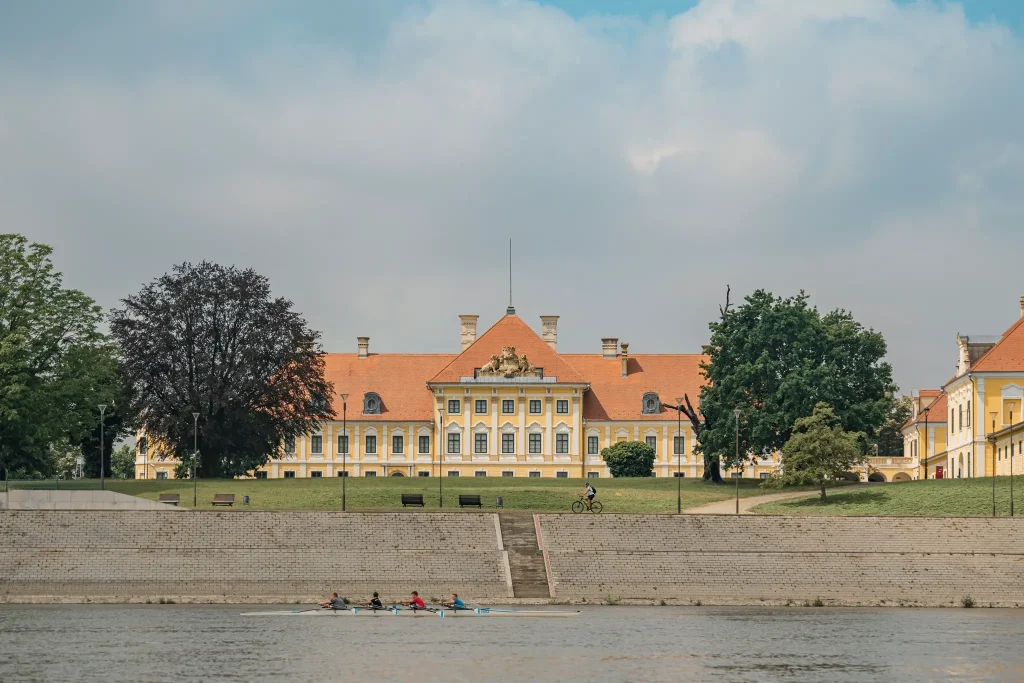This city and the river are one. The Danube is why people settled in the Vukovar area, Vučedol, as early as around 3000 BC. The Vučedol culture revolved around the riches provided by the river – fishing was, of course, a big part of their daily lives, and the kind of soil on which the settlements were built was especially fruitful thanks to its proximity to the river. The Vučedol settlement was only a couple of hundred metres away from the riverbank. If you visit the museum built on the actual site, you will surely see what it means to be so close to the Danube and to be close with the Danube.
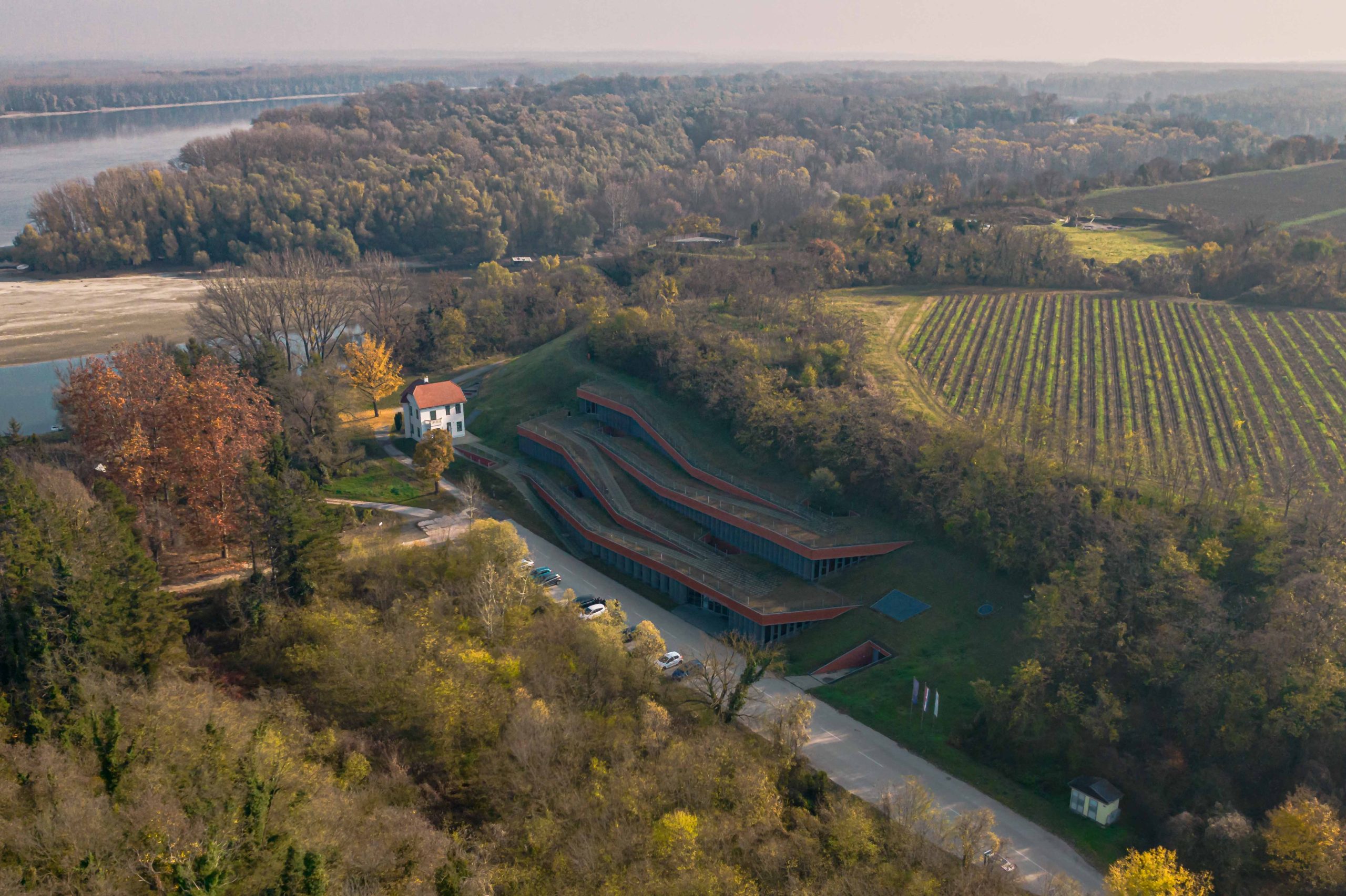
Steve Tsentserensky
The Vučedol Culture Museum is the perfect place to start your Vukovar Danube tour. It was opened in 2015 and received an award for its architecture in 2016. It is among the few museums built on the actual site of the single culture it represents. If you would like to learn a little about how people lived in the area five thousand years ago and why they were just as cool and important as Egyptians, treat yourself to a visit to the museum. As a reward, you will enjoy some exceptional rooftop views at the end of your tour.
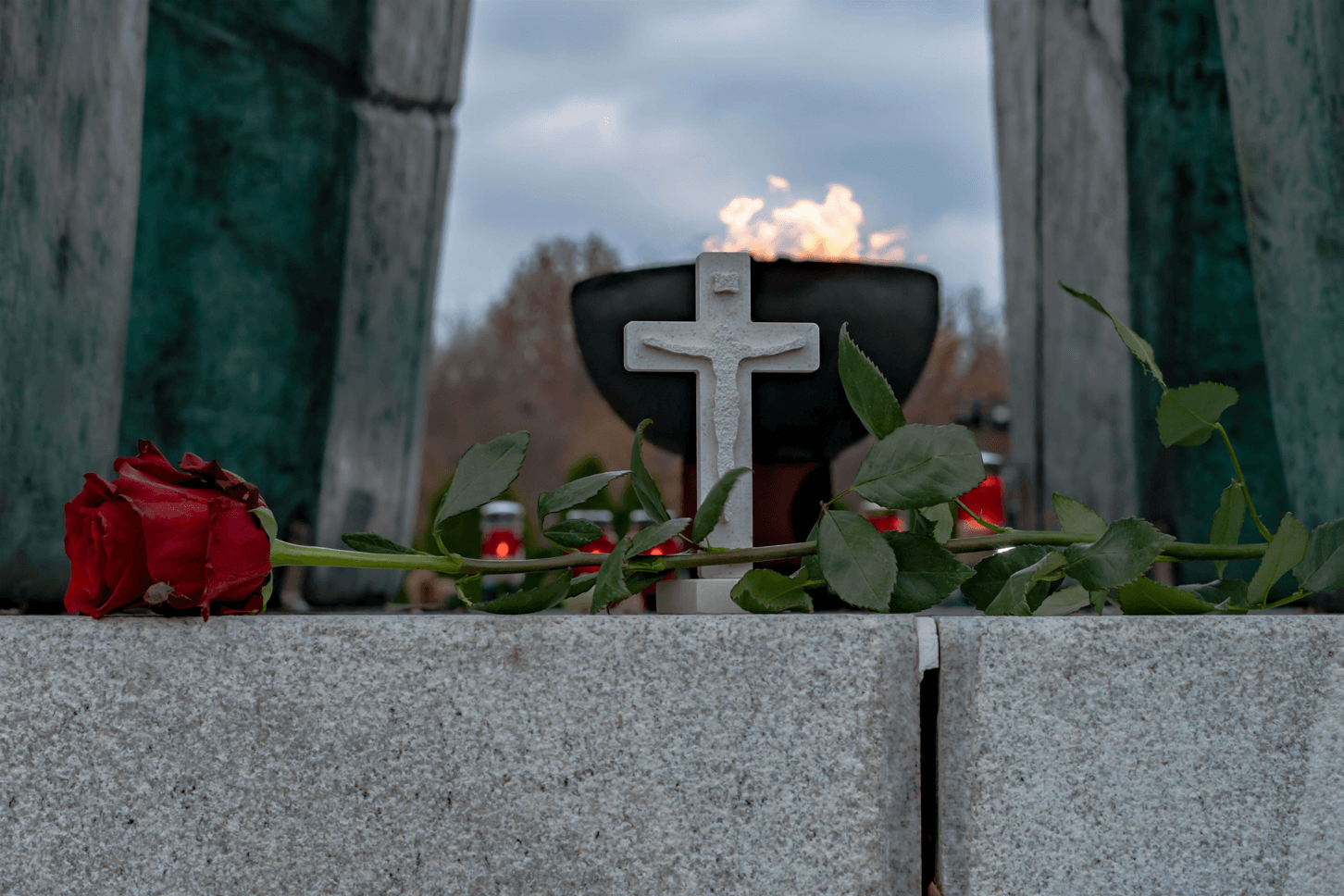
Steve Tsentserensky
If you were to follow the Danube from Vučedol towards the city centre, it would ensure the perfect itinerary. Firstly, you could stop by the Memorial Cemetery and light a candle for those who have given their lives for the Homeland. During autumn, just taking a walk there will be peaceful and serene, and on the way out, you can buy a little bag of roasted chestnuts to warm your soul. The next logical stop would be the Watertower. You can take the 198 stairs to its top or the panoramic lift. Either way, the journey will make you truly understand the sacrifice of Vukovar’s heroes, and the Danube will again display its grandness.
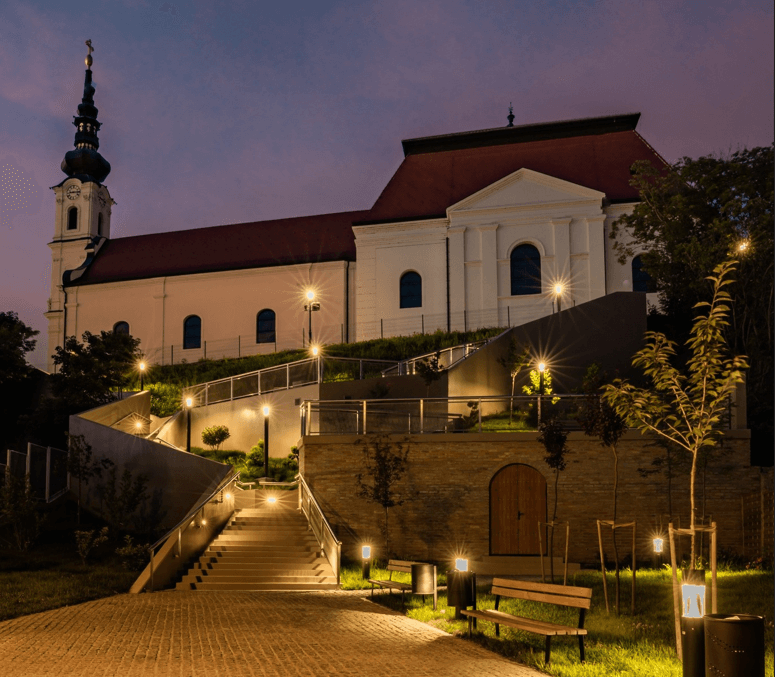
Vukovar Tourist Board
From there on, you can take the side streets and visit the Franciscan monastery and church on the hill or follow the main road to arrive directly at the baroque streets. These were initially built during the 17th and 18th centuries and were preserved and rebuilt time and time again, keeping their recognisable decorative look. This is the heart of Vukovar. You will find the shops of many of its small businesses and entrepreneurs nestled right under the famous arches. Take a right, and you will find your way to the riverbank yet again. Follow the newly built promenade, which will take you past the shopping street, the Municipal museum with its lovely open backyard, and finally, to the recreation part, where you’ll often find locals walking, cycling, skating, or catching some sun rays. You can even engage in our favourite pastime and sit down for a cup of coffee or two, followed by a beer or two, while overlooking the Vukovar Ada, making sure the Danube flows in the correct direction.
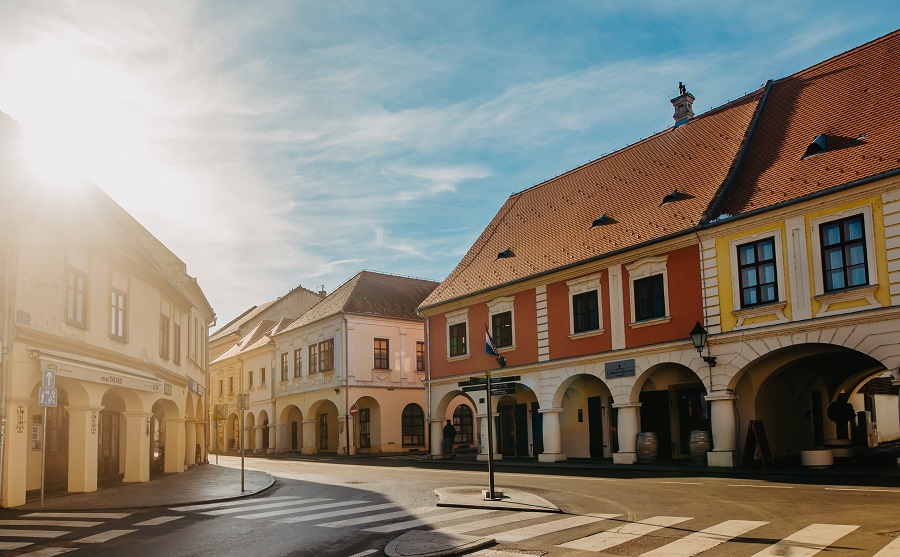
Vukovar Tourist Board / Marko Balaži
And just like the baroque street is the heart of the city, Ada is the heart of Vukovar’s Danube. In Croatian, the word ada means river island. And that’s what it is. And so much more. It’s a place of gathering, relaxation, recreation, pure fun, and joy. It’s Vukovar’s home in the summer. It’s the unique spot from which you can observe the silhouette of the city, almost feeling like the city is watching over you. If you enjoy camping, this is where you want to be. Perfectly calm during nighttime, full of life during the day. In Vukovar, there are two types of people – those who have their boats and those who take other boats to reach Ada. Usually starting in June until late August, boats will go up and down the river all day to take everyone to the island and back, and they will do it free of charge. In the middle of the island, facilities are set up so you can enjoy a quick bite or a refreshing drink between swims, naps, or rounds of beach volleyball.
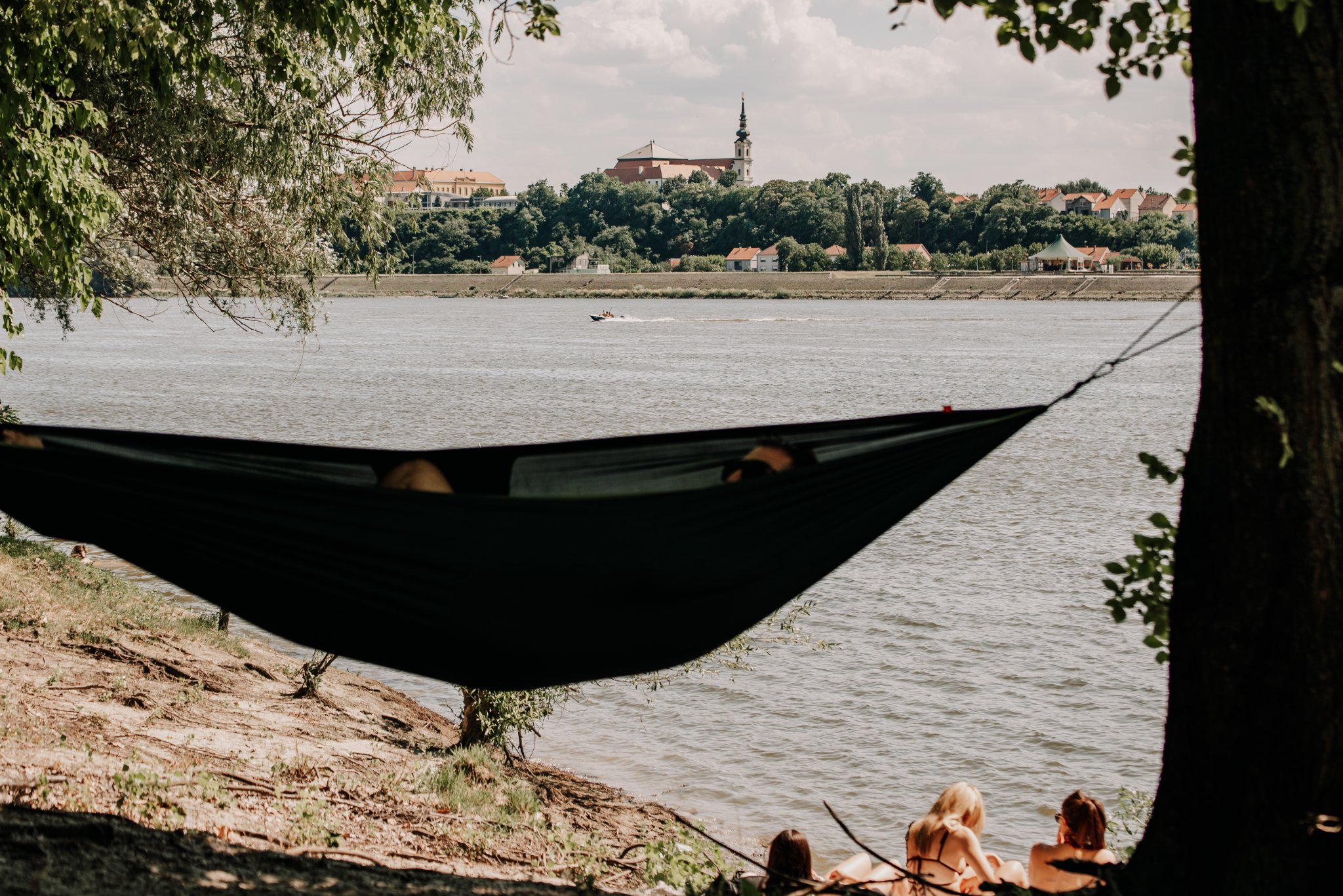
Vukovar Tourist Board
Finally, if you would like a taste of the river along with a little glimpse into the culture, we recommend that you visit Vukovar either in June during the Danube Fest or in September for its Autumn Festival. On both occasions, you will have a chance to experience local tradition and way of life and taste some of the best products brought by the river and the soil of Vukovar, made possible by the crafty and hard-working hands of its experienced and knowledgeable home and fair, sometimes competition, chefs.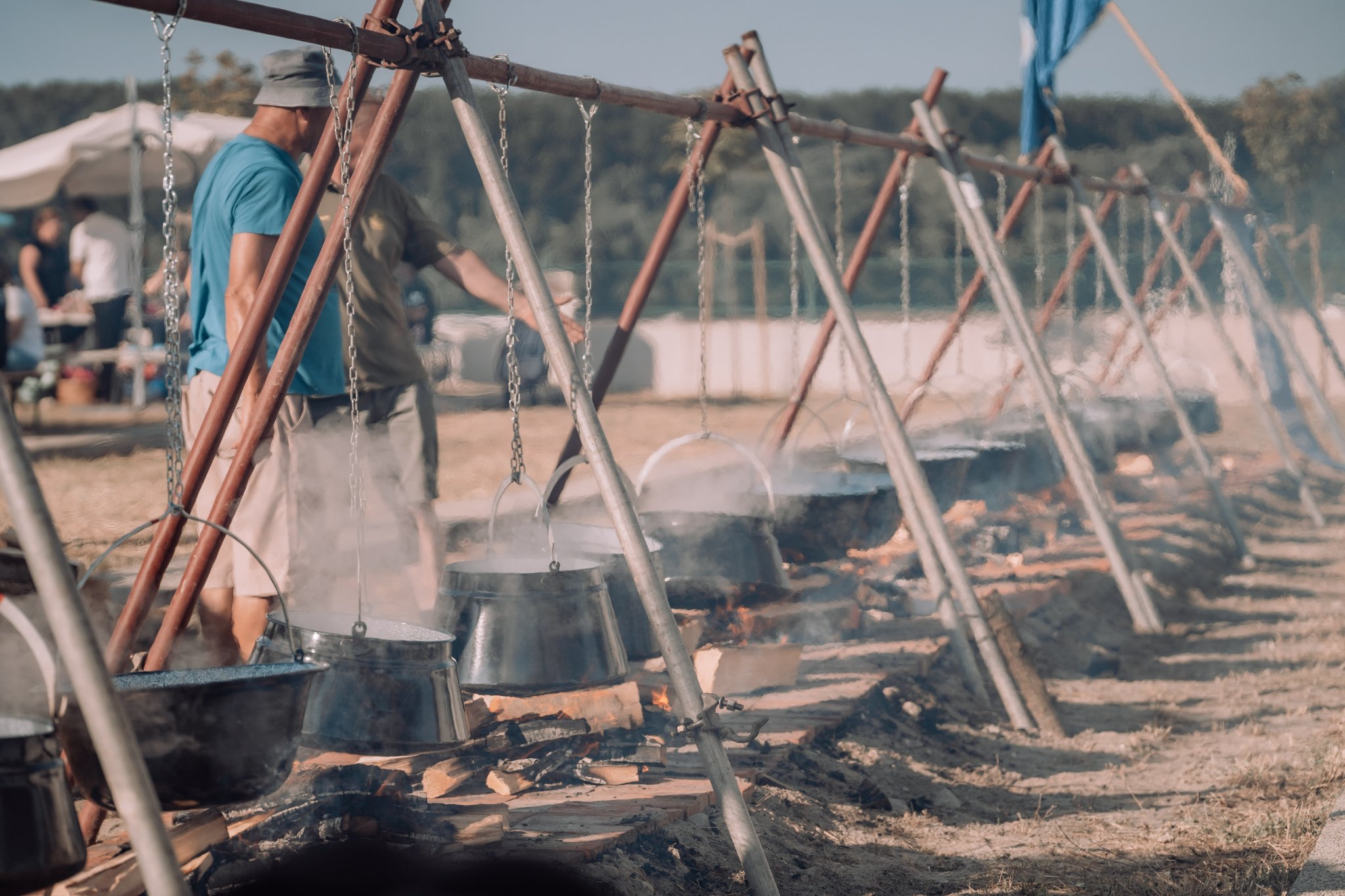
Vukovar Tourist Board / Vedran Barić
We could continue telling you of the riches the Danube provides for Vukovar, but we will leave some to your imagination and discovery. If you happen to visit this December, stay tuned for the dates of TCN’s presentation of a very special little something that we’ll call the Vukovar Card.
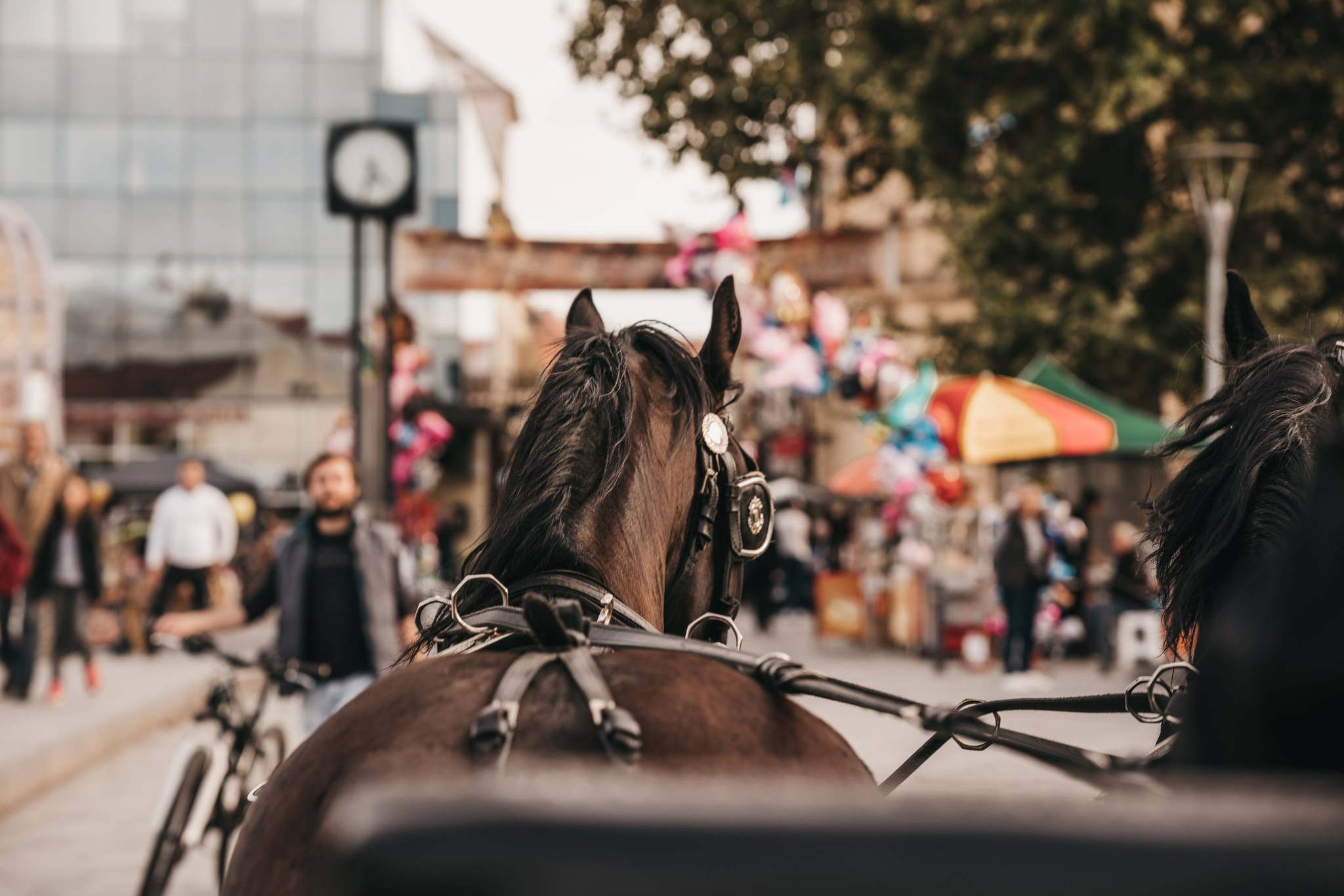
Vukovar Tourist Board / Marko Balaži
If you are only tuning in now, check out the previous editions of the Croatian Danube series – Aljmaš parts I and II, Erdut, and Dalj.
How good is your knowledge of eastern Croatia? Take the CROMADS test above – how many places do you recognise?
For more, make sure to check out our dedicated Travel section.

